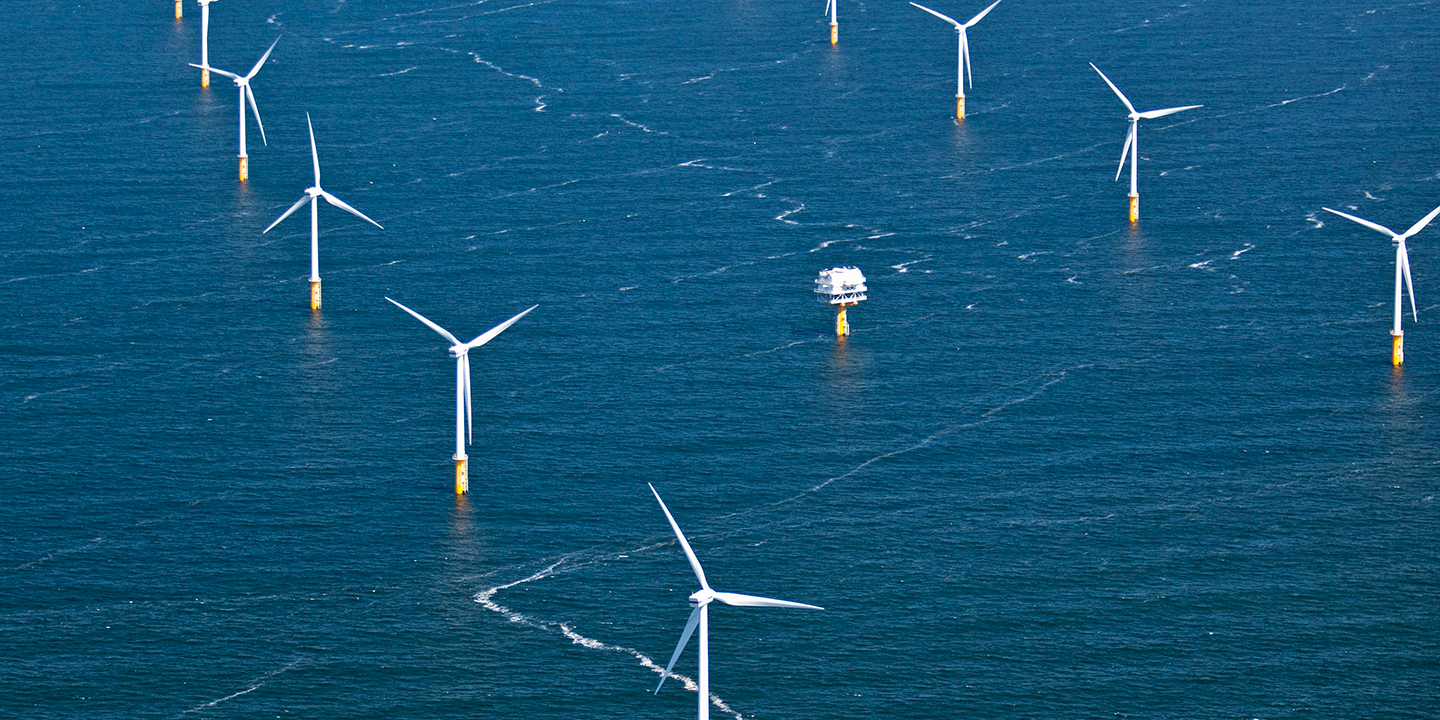Download our publication on wind energy today
This article is part of our publication ‘Wind energy’.
Perspective
Offshore wind
Wind energy


In 2019, the Danish wind industry directly employed 33,159 people, over 2 per cent of all private employment in Denmark. Indirectly, the wind industry supports a further 63,000 jobs in adjacent industries. The wind industry also contributes significantly to taxes with 13.8 billion DKK (1.9 billion EUR) paid in 2018 through the primary value-chain.
Several municipalities across the country benefit economically from the wind industry. Denmark’s second largest municipality, Aarhus, received 138 million DKK (18.6 billion EUR) in municipal income tax from the industry in 2018. Ringkøbing-Skjern, the third largest municipality in terms of income tax, received more than five percent of the municipality’s tax income from wind industry employees.
In Denmark, the socio-economic benefits of wind primarily come from onshore wind, as it still covers most of the wind capacity. This underlines onshore wind’s continued importance. Meanwhile, the effect of offshore wind is growing. In 2010, offshore wind activities made up 20 per cent of Danish wind companies’ turnover. In 2020, that number had increased to 40 per cent.
In 2020, the socio-economic effect of offshore wind installations was documented for the first time. The analysis showed that 1 GW of offshore wind energy generates employment equal to 14,600 man-years for Danish suppliers from direct, indirect, and derived job effects. With almost 10 GW of new wind energy installation in the Danish pipeline, a significant number of jobs stand to be created in the process.
Given the country’s large coastline, the offshore wind industry has a strong effect. Especially, harbours like Grenå by the Kattegat Sea, Hvide Sande by the North Sea, and Rønne in the Baltic Sea exemplify how wind energy contributes significantly to the local economy with opportunities for growth and development. With Denmark’s ambitious expansion plans for offshore wind all parts of the country stand to benefit from the socio-economic effects. With an estimated 40 per cent market share, Danish companies also have a strong presence on the European offshore wind market.
European offshore wind expansions have a significant effect on job creation in Denmark. In fact, an estimate shows that 9,100 man-years of labour are generated in Denmark for every single GW offshore wind investment made in the EU. With 450 GW of wind energy in the EU pipeline towards 2050, this makes for an enormous potential for the Danish wind industry. Furthermore, wherever wind farms are installed they typically bring many local jobs in relation to installation, operation, and maintenance.
Energy technologies and services have become key in Danish exports, making up almost 14 per cent of Denmark’s total export goods in 2019. This year also saw a new record of exports in wind energy technologies and services of 68.5 billion DKK (9.2 billion EUR). This is more than half of the total export of energy technologies from Denmark, totalling 122.7 billion DKK (16.5 billion EUR). The increased wind energy exports result from both an
increase in Danish exports of energy technologies1 , as well as a general global increase in demand for wind energy. A strong focus on export of energy technologies and services has opened for unique opportunities for both Danish and international partners.
This article is part of our publication ‘Wind energy’.
Perspective
Sector coupling
+9